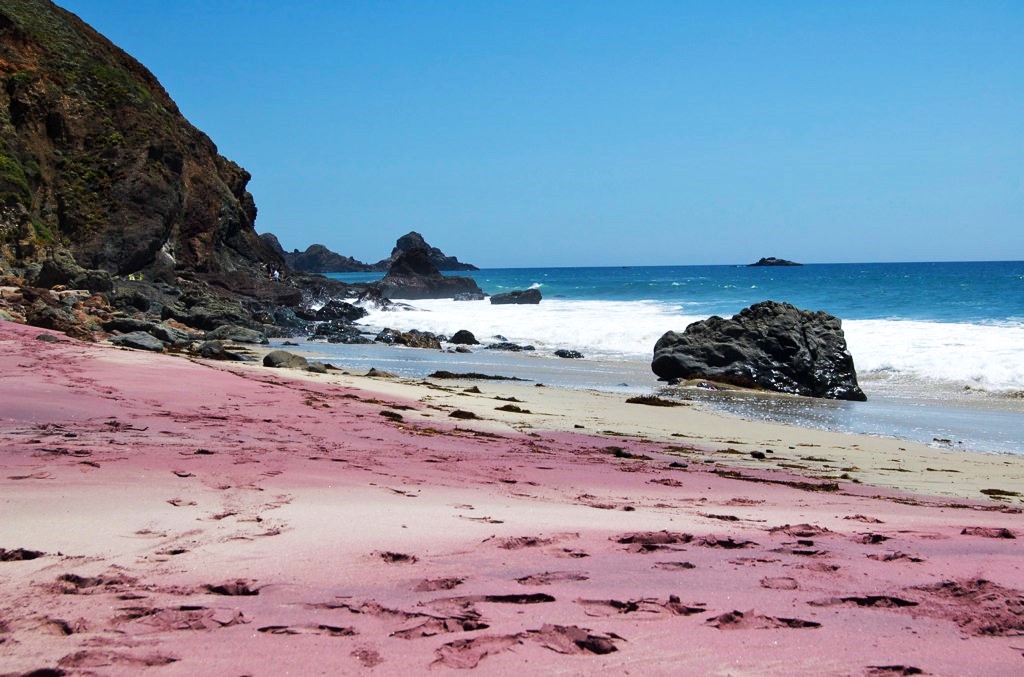Pfeiffer Beach, located in the heart of Big Sur, California, is known for its stunning purple sand. The sand gets its unique color from manganese garnet, a mineral that is found in the surrounding hills. The manganese garnet is eroded and washed down to the beach by streams and rivers, where it mixes with the sand.
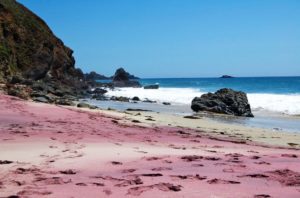
The purple sand is most visible at the north end of the beach, where it forms swirling patterns and pockets of vibrant color. The sand is especially beautiful when it is wet, as the water helps to enhance the contrast of the colors.
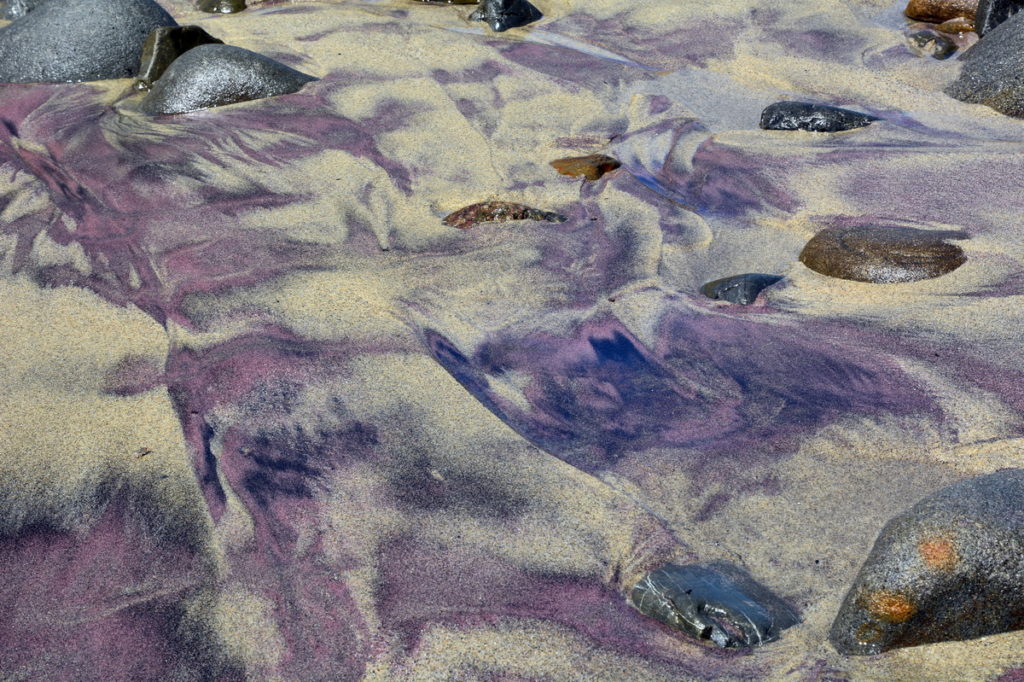
In addition to its purple sand, Pfeiffer Beach is also known for its dramatic rock formations. The most famous rock formation at Pfeiffer Beach is Keyhole Arch, a natural archway that sits just off the shore. Keyhole Arch is a popular spot for taking photos, and it is especially beautiful at sunset, when the sun’s rays shine through the arch.
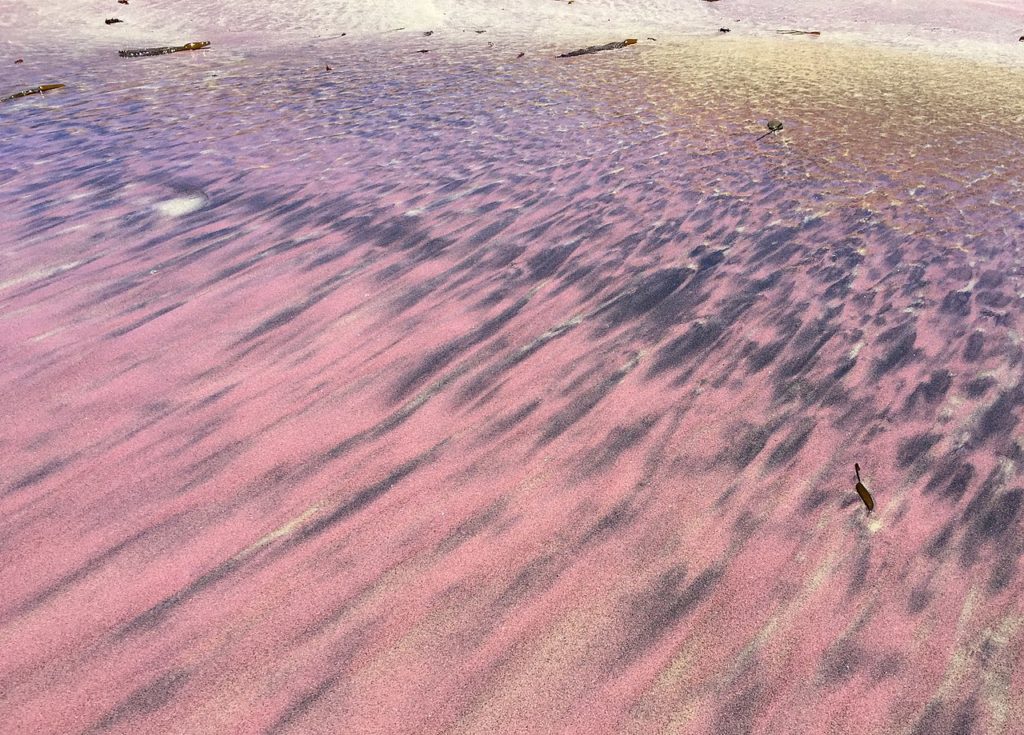
Other notable rock formations at Pfeiffer Beach include the Pillars of Hercules, a pair of towering rock formations that stand guard at the entrance to the beach, and the Waterfall Rock, a rock formation with a small waterfall that cascades down its side.
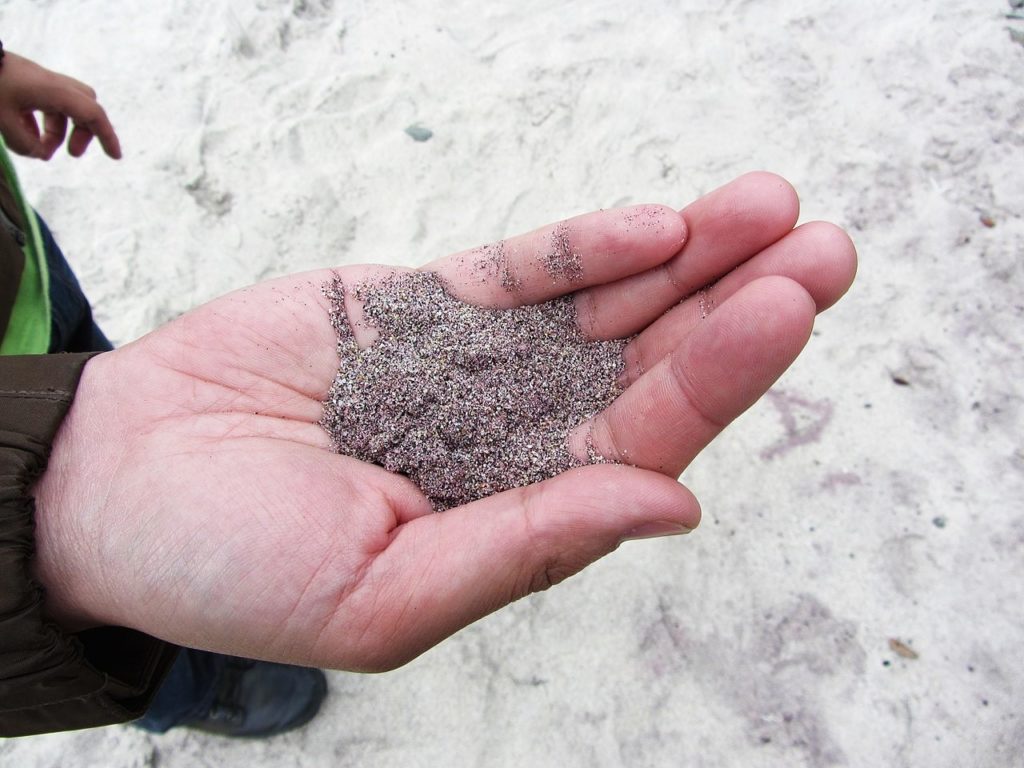
The combination of purple sand, dramatic rock formations, and stunning views of the Pacific Ocean makes Pfeiffer Beach one of the most beautiful beaches in the world. On a limited number of days in December and January each year, photographers crowd the beach to obtain pictures of the setting sun visible through the arch.
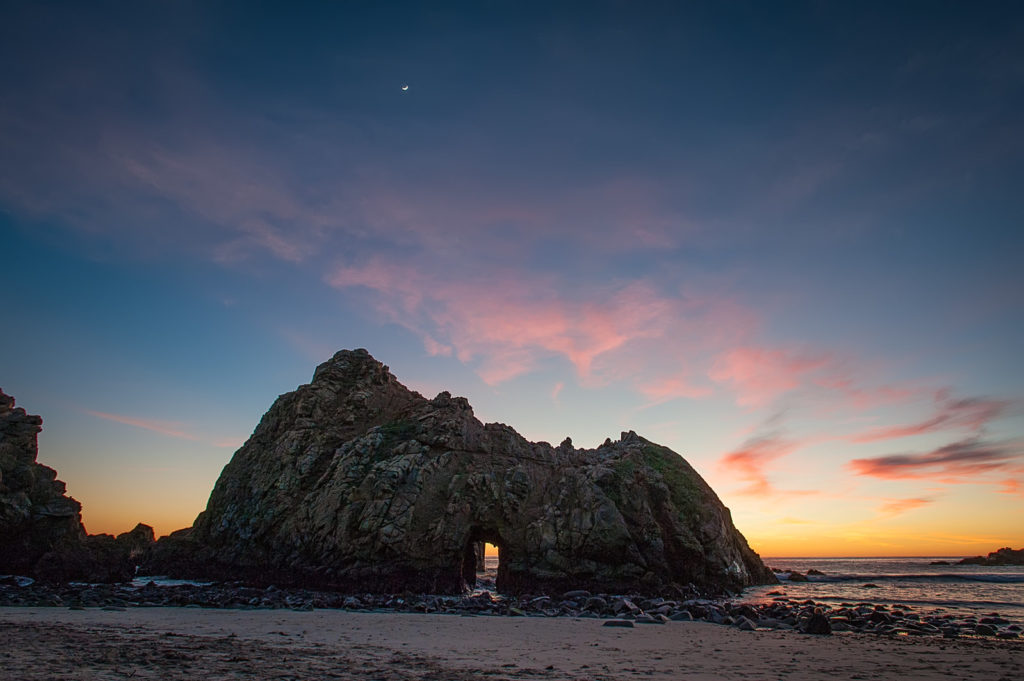
According to the Internet





